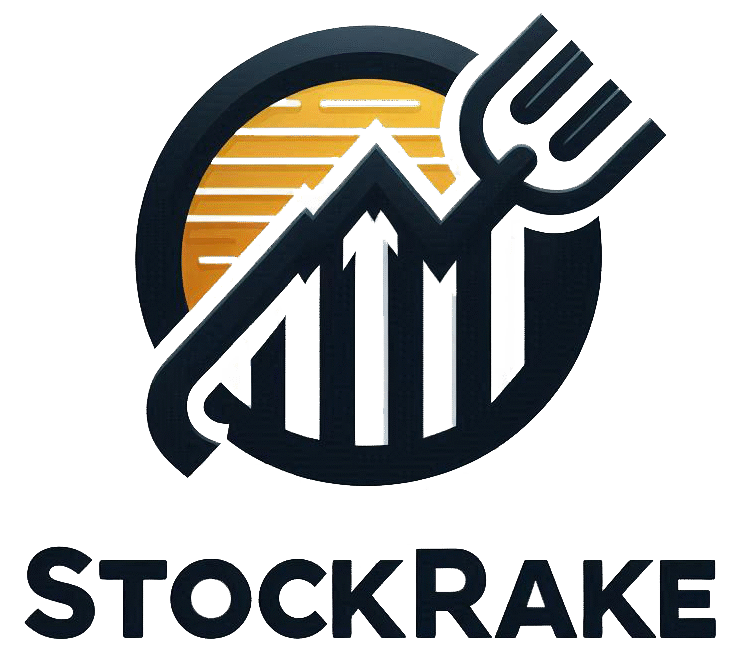Alright, so here’s the thing about the stock market: when everything is going great, it almost tricks you into thinking it’ll stay that way forever. Green days pile up, your investing app looks pretty, and you get that tiny (or not tiny) urge to push more money into whatever seems to be winning. And honestly? That’s usually the exact moment people get burned.
That’s why diversification exists. It’s not some finance-bro buzzword or the boring advice grownups give you. It’s literally the difference between “ugh, that was a rough week” and “oh no… I think I might actually cry in the shower right now.”
The best way to think about diversification is the same way you’d think about your stuff in real life. Would you ever keep all your valuables in one box? Probably not. If that box goes missing, you’re done. Same thing here. Spread the risk so your financial life doesn’t implode just because one part of the market sneezed.
Anyway—let’s go through what diversification actually is, why it matters, and a handful of completely doable ways to build a portfolio that doesn’t fall apart every time the market wakes up on the wrong side of the bed.
What Is Diversification?

Let’s break this down without making it sound like a textbook.
Diversification basically means: don’t put all your money in the same kind of thing.
If you’re only invested in tech stocks, you’re basically saying, “Whatever happens to tech, happens to me.” Which is fine when tech is on fire in a good way. Not so fine when tech is on fire in the bad way—like the dotcom crash, or that random week when tech stocks just decide to collapse for no reason other than vibes.
When you diversify, you’re spreading your money across different stuff—different industries, different types of assets, maybe even different countries. So when one thing falls, something else you own is (hopefully) doing better or at least not falling as hard.
It reduces your chances of catastrophic losses. It doesn’t guarantee you magical returns. It’s like putting on a helmet while biking—you can still fall, but at least your brain isn’t the one taking the hit.
5 Easy Ways to Diversify Your Portfolio
Diversification has been “a thing” for basically forever, mostly because markets have a habit of imploding every decade or so. Dotcom crash? Boom. 2008? Boom again. COVID? Absolute chaos.
The pattern is pretty predictable: markets go up, people get confident, everyone piles into the same stuff, and then—well—you know how that ends.
So instead of waiting for disaster and then panicking (which is what most people do), it’s way smarter to diversify before things go sideways. Here’s how.

1. Spread Out Your Investments
People talk about picking individual stocks like it’s super glamorous. But if your entire portfolio is, say, Apple, Tesla, and Nvidia… congrats, you’re basically just betting on the tech sector. And tech can be moody.
Try thinking of your portfolio like a buffet plate. If you load up on only one thing, you’re missing out. And if that one thing tastes awful, too bad—it’s your whole dinner.
To diversify, try:
- mixing in different industries (healthcare, consumer goods, energy, etc.)
- adding ETFs, which bundle tons of stocks together
- sprinkling in stuff that isn’t even stock-like, such as commodities or REITs
- giving international stocks a chance—yes, things exist outside the U.S.
And don’t overdo it either. People sometimes swing too far and end up holding 100+ random tickers they never check. That’s not diversification; that’s chaos.
A good target? Somewhere between 20 and 30 investments. Enough to smooth out your risk, not so many that you’re drowning in spreadsheets.
2. Add Index or Bond Funds
Alright, this part isn’t glamorous, but it’s honestly where a lot of people get the most stability.
Index funds are basically “I’ll take the whole market, thanks” investments. You’re not stock-picking. You’re letting the big index do its thing. Historically, broad markets go up over time, even though they sometimes drop like a rock in the short term.
They’re cheap, they’re low-effort, and they save you from having to guess which stock will be the next superstar.
Bond funds, on the other hand, are the chill friend in your portfolio. They don’t move fast, but they also don’t freak out as much when the stock market is having an existential crisis.
Just a quick note: since index funds are passive, they don’t adjust to market shifts the way an active manager might. This doesn’t make them bad—it’s just part of how they work. You’re trading control for simplicity.
But honestly? For most long-term investors, adding index and bond funds makes life so much easier.

Also Read: What Are Blue-Chip Stocks and Should You Own Them?
3. Invest Regularly with Dollar-Cost Averaging
Dollar-cost averaging (DCA) is one of those strategies that sounds complicated until you actually start doing it.
It’s basically this: invest a fixed amount on a regular schedule—weekly, biweekly, monthly, whatever. Don’t look at the price. Don’t worry about timing. Just put the money in.
If prices are high, you buy fewer shares.
If prices are low, you buy more shares.
Over time, it averages out.
This helps you avoid that awful feeling of dumping a big chunk of money into the market and immediately watching everything drop 8% the next day (we’ve all been there).
DCA keeps your emotions out of it. It turns investing into a routine rather than a “Should I do it today? Maybe next week? Wait, is this a bad time?” internal debate.
If you want long-term growth without constantly second-guessing yourself, DCA is honestly one of the most stress-free ways to do it.
4. Know When to Move On
Here’s where a lot of people get stuck. Diversifying doesn’t mean “set it and forget it forever.” That’s how dusty, underperforming investments stay in your account for years like forgotten leftovers.
You don’t have to monitor your portfolio every single day, but you should check in regularly—maybe once every few months—and ask yourself a few honest questions:
- Has the company changed in a big way?
- Has the market shifted in a way that makes this investment less appealing?
- Is this stock basically dead weight?
- Did I actually understand why I bought this… or did TikTok tell me to?
There’s nothing wrong with selling something if it no longer fits your plan. Cutting your losses doesn’t mean you “failed.” It means you learned and adjusted. The smartest investors aren’t the ones who never make mistakes—they’re the ones who don’t cling to bad decisions just because they don’t want to admit they made them.
5. Watch Out for Fees
Fees are sneaky. They’re like the dust in your house—you don’t really notice them at first, and then suddenly there’s a thick layer of “where did this come from?” all over everything.
Different investing platforms charge fees in different ways:
- some are subscription-based
- some charge per trade
- some take a percentage of the assets you hold
- some bake fees into the products you invest in
Not all fees are evil, but unnecessary fees add up fast, especially over decades. If your goal is long-term growth, shaving off even a percent or two in fees can make a surprisingly big difference.
You don’t have to become that person who reads every footnote and disclosure… but you also shouldn’t blindly throw money into funds or platforms without knowing what they’re costing you. Just do a quick scan. Make sure you’re not paying $15 merely to buy a single share of something—that kind of stuff adds up and hurts.

Also Read: What IPOs Are Scheduled for This Quarter?
Final Thoughts
Building a portfolio that can grow over the long haul isn’t about being a genius stock picker or trying to predict which company will dominate the world in ten years. It’s more like building something sturdy and well-balanced so it doesn’t tip over every time the economy throws a tantrum.
Diversification gives you that balance. It lets your winners cover your losers. It helps you breathe through the down cycles. And it gives your portfolio a fighting chance at long-term growth without constant panic.
If you feel overwhelmed, start small. Add one or two new investments. Automate a little. Get comfortable. You don’t need a perfect plan on day one—you just need to avoid putting everything into one lonely stock and hoping for the best.
Slow, steady, consistent. That’s the path that actually works.


